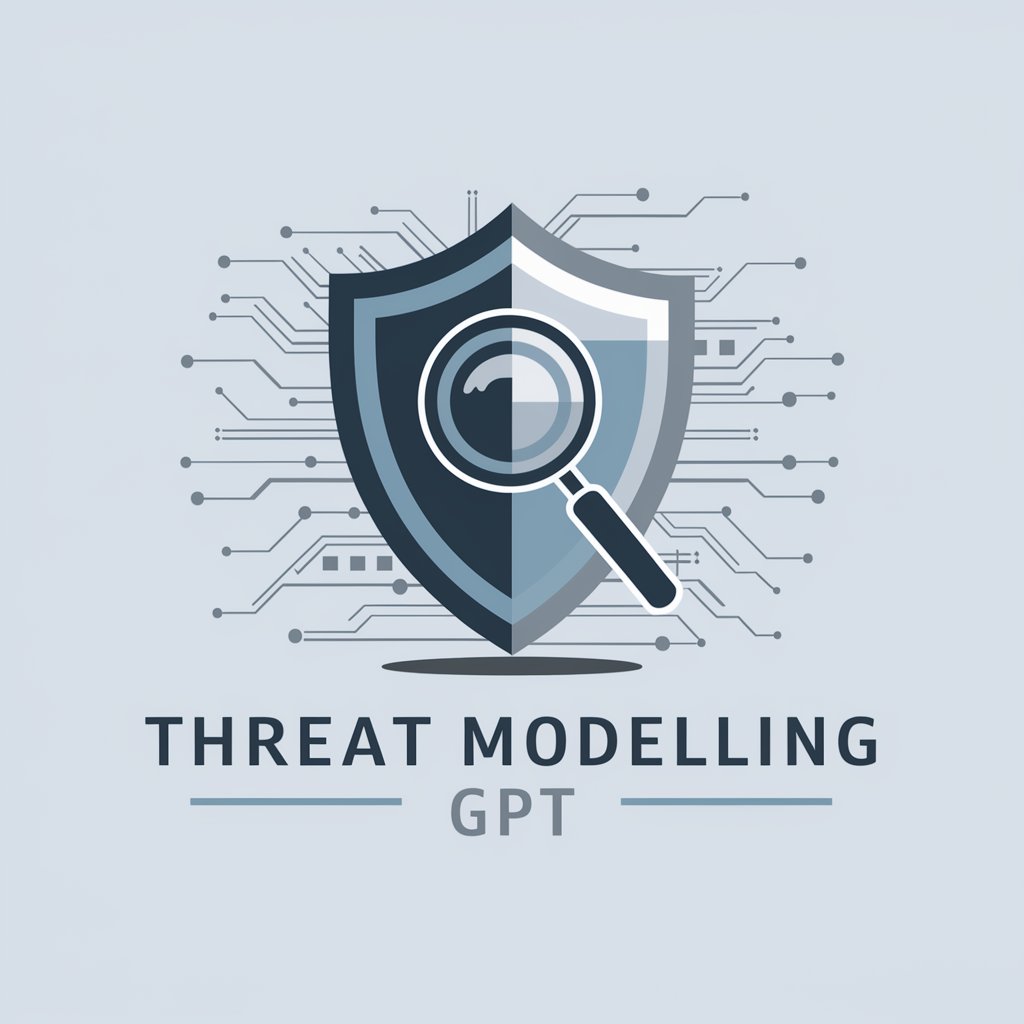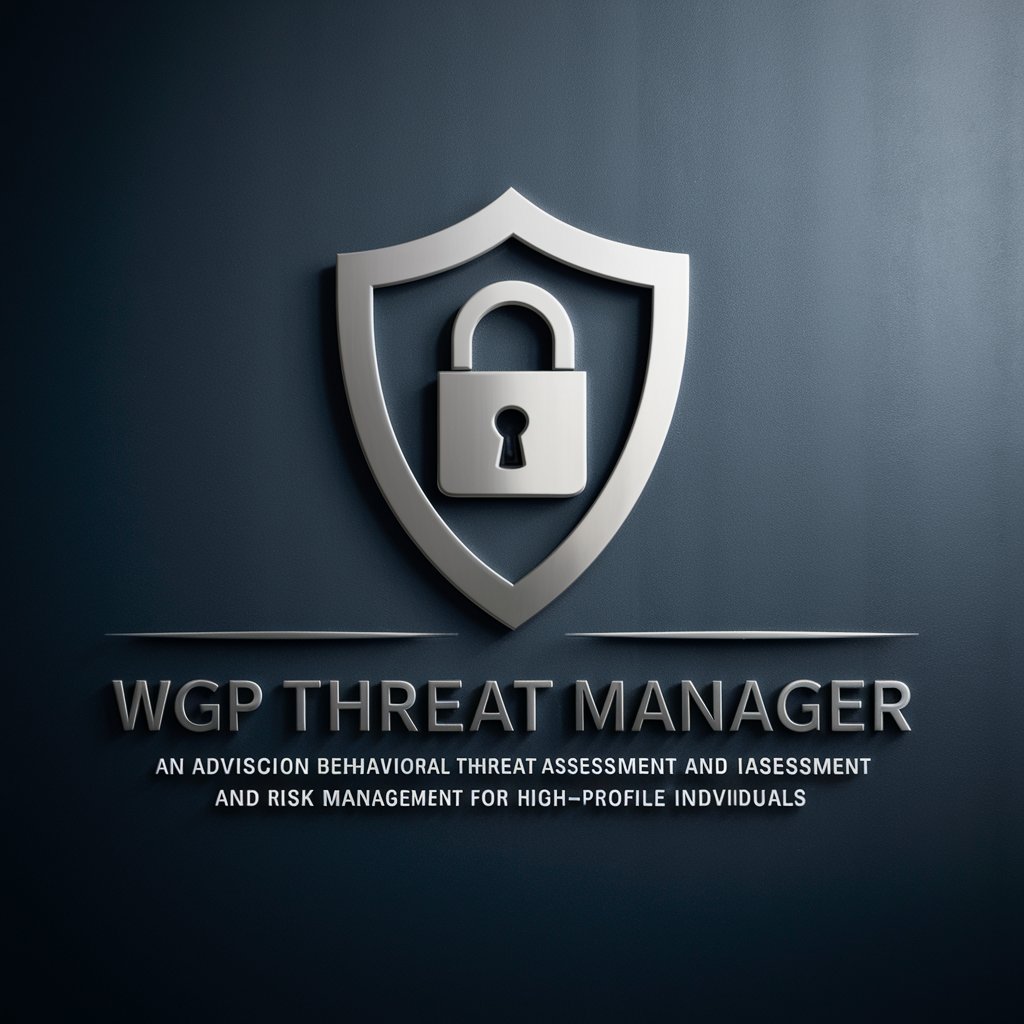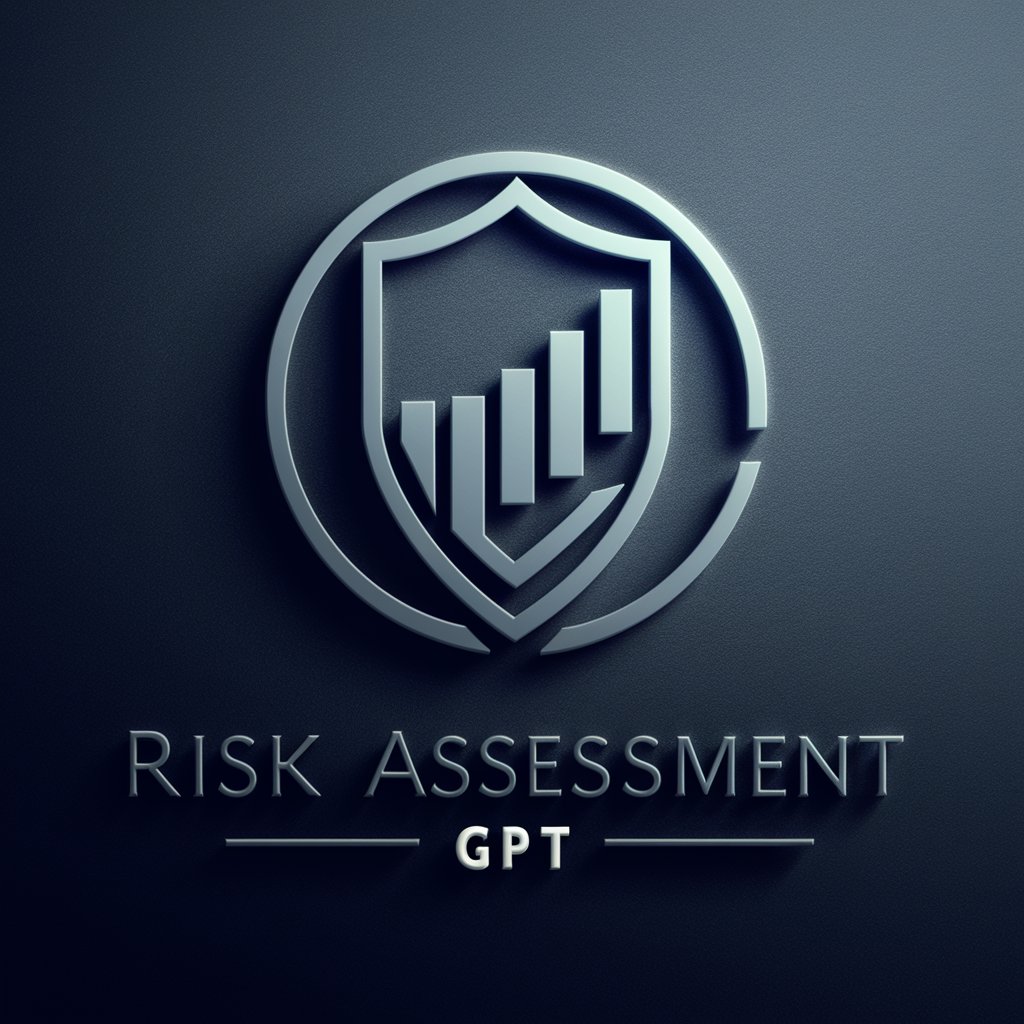
Biosecurity Threat Assessment - Biosecurity Insights and Planning
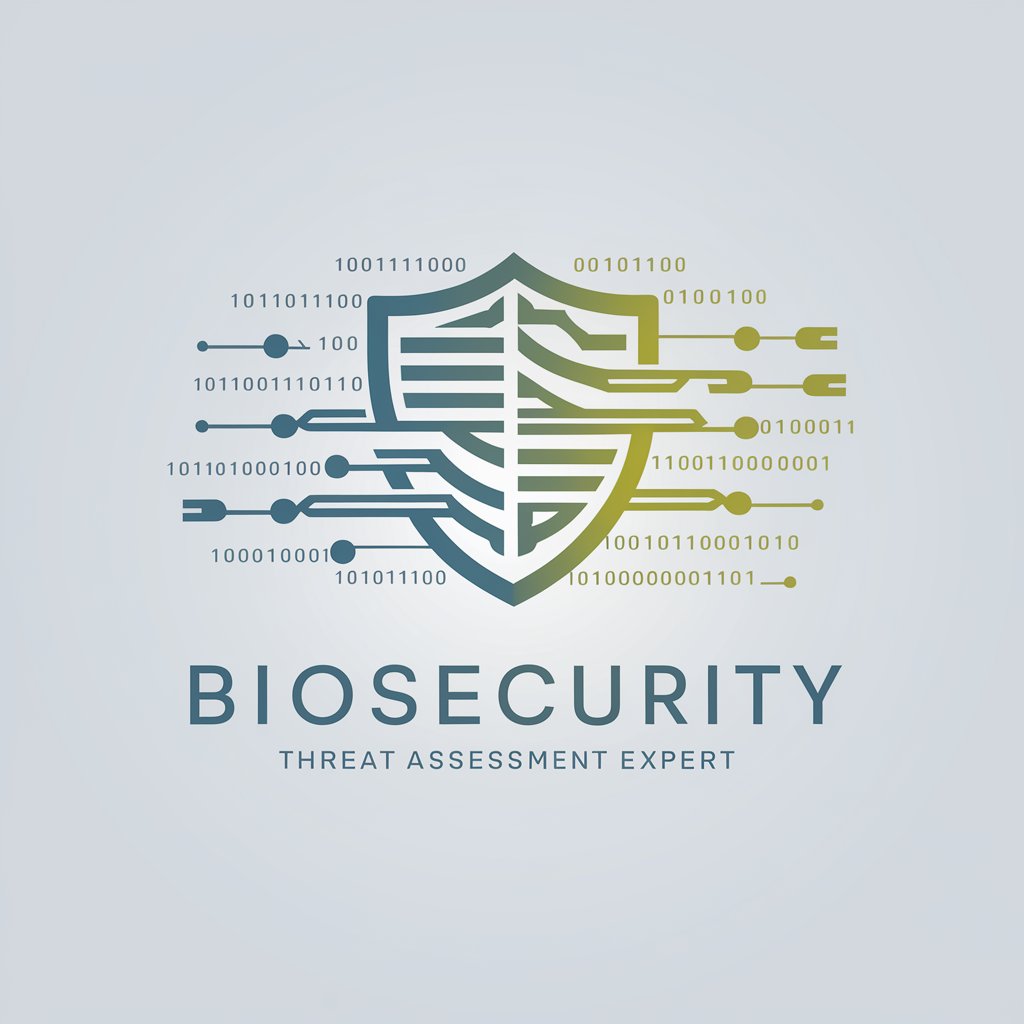
Welcome! I'm here to help you navigate biosecurity and cybersecurity.
AI-powered Biosecurity Defense
Discuss the importance of biosecurity in modern biological research.
Explain the methodologies used in assessing biosecurity risks.
What are the key challenges in protecting biological data from cyber threats?
Describe the role of incident response planning in biosecurity.
Get Embed Code
Introduction to Biosecurity Threat Assessment
Biosecurity Threat Assessment (BTA) is a critical field focused on evaluating, identifying, and mitigating threats to biological research, facilities, and data. It encompasses both biological and cyber-security aspects, ensuring the integrity and security of sensitive biological information and materials against unauthorized access, theft, manipulation, and accidental or intentional release. BTA is designed to protect against a range of threats including, but not limited to, natural outbreaks, bioterrorism, insider threats, and cyber-attacks that target biological data. An example scenario illustrating the importance of BTA could be the risk assessment of a high-containment biological research laboratory. Here, BTA professionals would analyze potential vulnerabilities in physical security, personnel reliability, and information security systems to recommend safeguards such as enhanced access controls, improved cybersecurity measures, and rigorous personnel vetting processes. Powered by ChatGPT-4o。

Main Functions of Biosecurity Threat Assessment
Risk Identification and Analysis
Example
Identifying potential threats to a biobank storing infectious disease samples.
Scenario
BTA experts evaluate the risk of unauthorized access to the biobank, considering factors such as the attractiveness of the samples to malicious actors, the current security measures in place, and the potential consequences of a security breach. They then develop strategies to mitigate these risks, such as enhancing physical security and implementing stricter access controls.
Cybersecurity Protections
Example
Securing a database containing genetic information against cyber threats.
Scenario
In this case, BTA specialists assess the cybersecurity vulnerabilities of the database and recommend implementing encryption, firewalls, and intrusion detection systems. They also advise on policies for regular security audits, employee training on phishing attacks, and the establishment of an incident response plan.
Incident Response Planning
Example
Preparing for a potential accidental release of a pathogen from a research facility.
Scenario
BTA professionals collaborate with facility managers to develop a comprehensive incident response plan. This includes procedures for containment and decontamination, communication protocols with public health authorities, and steps for conducting a post-incident investigation to prevent future occurrences.
Ideal Users of Biosecurity Threat Assessment Services
Biological Research Institutions
These include universities, government research labs, and private biotechnology companies engaged in sensitive or high-risk biological research. They benefit from BTA services by ensuring their research is conducted safely and securely, protecting both their personnel and the surrounding community from potential biological threats.
Healthcare Facilities
Hospitals and diagnostic labs that handle infectious agents for disease diagnosis and research are at risk of both biological and cyber threats. BTA services can help these facilities by assessing their vulnerabilities to such threats and recommending measures to protect patient data and biological materials.
Government Agencies
Government bodies responsible for public health, agriculture, and defense often oversee or operate facilities that could be targets for bioterrorism or outbreaks of disease. BTA services assist these agencies in developing strategies and policies to enhance the nation’s biosecurity posture.

How to Use Biosecurity Threat Assessment
Start Your Journey
Begin by exploring yeschat.ai to access a free trial, offering comprehensive insights without the need for a login or ChatGPT Plus subscription.
Identify Your Needs
Determine the specific biosecurity threats or areas of concern you wish to assess. This could range from evaluating research facility vulnerabilities to analyzing the security of biological data.
Utilize the Tool
Engage with the Biosecurity Threat Assessment tool by inputting relevant data or questions about your biosecurity concerns. Use specific queries to obtain more targeted advice and insights.
Review Recommendations
Analyze the tool's feedback and recommendations carefully. This might include strategies for enhancing cybersecurity measures or improving physical security protocols.
Implement and Monitor
Act on the guidance provided by the tool. Implement recommended security measures and continuously monitor their effectiveness, making adjustments as necessary.
Try other advanced and practical GPTs
CodeCraft
Crafting code with AI precision.

Planty
Your AI-powered guide to thriving houseplants

Synergy Bot
Elevate Your Strategy with AI Synergy

Sex Coach
Empowering Your Intimacy with AI

Planty
Cultivating Green Thumbs with AI

David | Apexreach Email Copywriter
Elevate Your Email Campaigns with AI-Powered Precision

MVP - Master of minimum viable products
Empowering lean product development with AI.
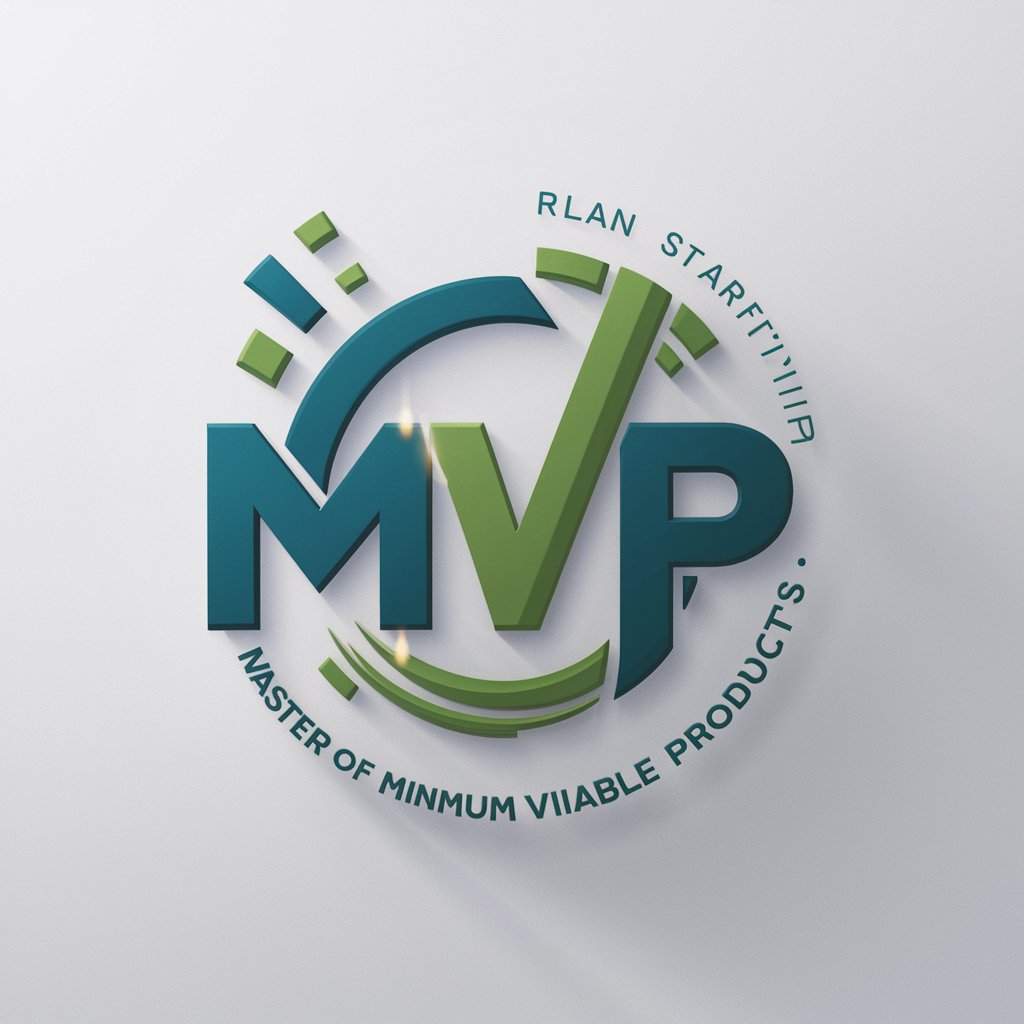
Study Buddy: Crucial Conversations
Master Crucial Conversations with AI

Crucial Conversations by DebaTable
AI-powered crucial conversation facilitator.

Basic Tax Overview
Demystifying tax preparation with AI
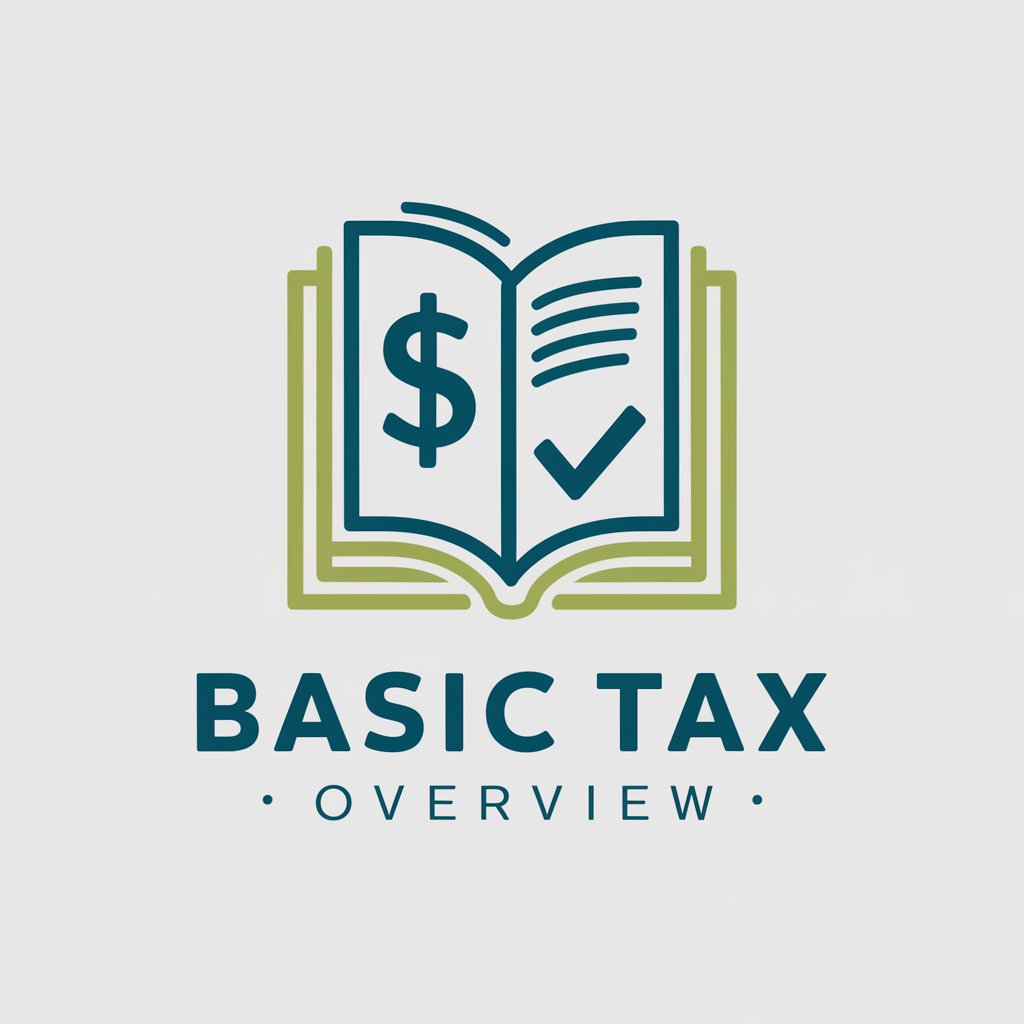
Legal Brief Assistant
AI-powered legal analysis at your fingertips.

Packing List Template
AI-powered personalized packing assistance

Biosecurity Threat Assessment FAQs
What is Biosecurity Threat Assessment?
Biosecurity Threat Assessment is an AI-driven tool designed to evaluate and prepare for potential threats to biological research, facilities, and data, ensuring their security and integrity.
How does this tool help in assessing risks to biological facilities?
The tool employs advanced algorithms to analyze the vulnerabilities of biological research facilities and materials, offering insights into potential security breaches and suggesting preventative measures.
Can it predict cyber threats to biological data?
Yes, it identifies potential cyber threats by analyzing patterns and historical data, providing organizations with foresight to bolster their cybersecurity measures proactively.
What role does incident response planning play?
Incident response planning is critical in swiftly addressing biosecurity incidents. The tool helps organizations develop and refine their response strategies, minimizing impact and recovery time.
Are there best practices for using this tool effectively?
Optimal use involves regularly updating the tool with the latest data, clearly defining the scope of the assessment, and integrating its recommendations into existing security protocols for continuous improvement.

